Endemic species are those that are found within only one area, and we have six species that are considered endangered now by the DENR.
The Department of Environment and Natural Resources raised concerns regarding the near extinction of some of the endemic species that can only be found in the Visayas; most specifically, the spotted deer and the following:
Visayan Spotted Deer
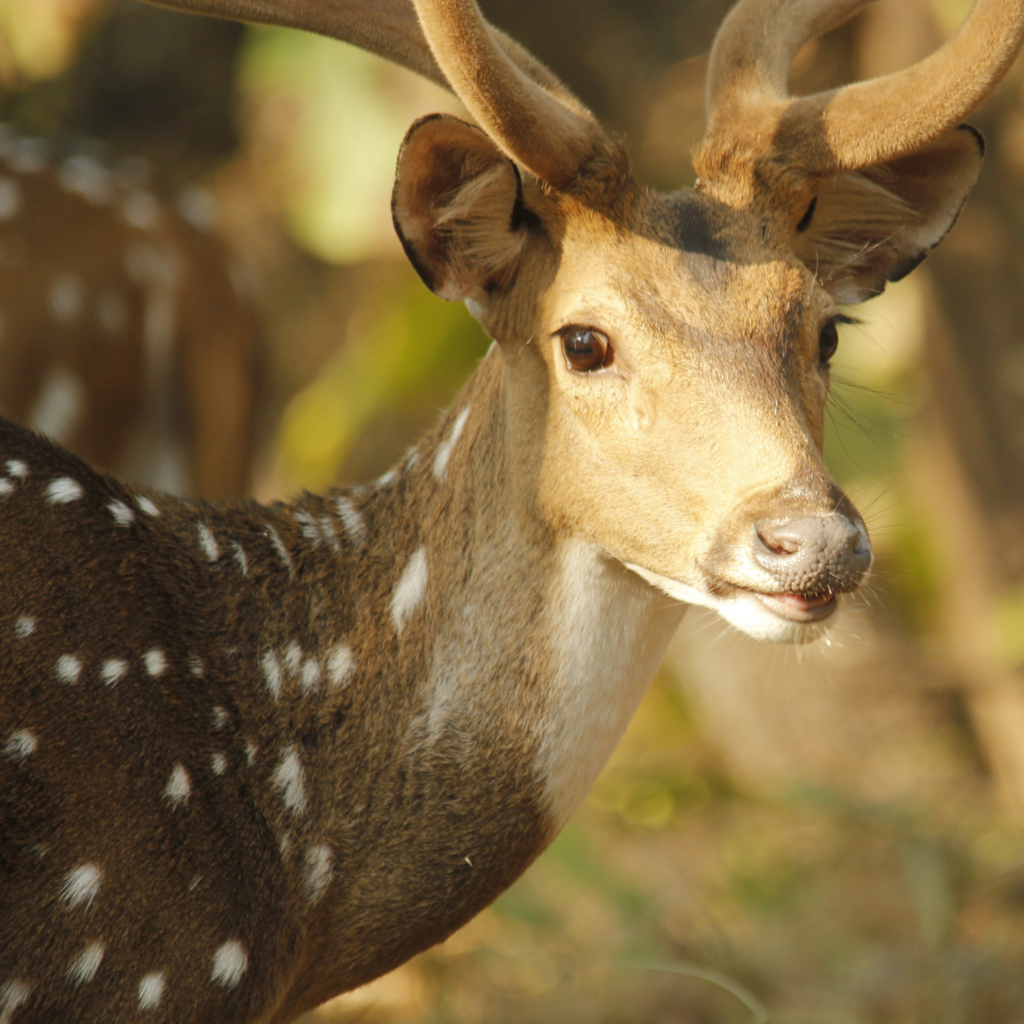
This is a nocturnal type of deer found in the islands of Panay and Negros, and once found in other parts of the Visayan region as well such as in Samar, Masbate, Leyte, Guimaras, and even in Cebu! Unfortunately, due to the rapid land development in the areas, the deer population lessened. Its habitat is located 2,000 meters above sea level where cogon grass and dense vegetation can be found.
- Threats: Deforestation
- Breeding: November to December
- Gestation Period: 240 Days
Visayan Warty Pig
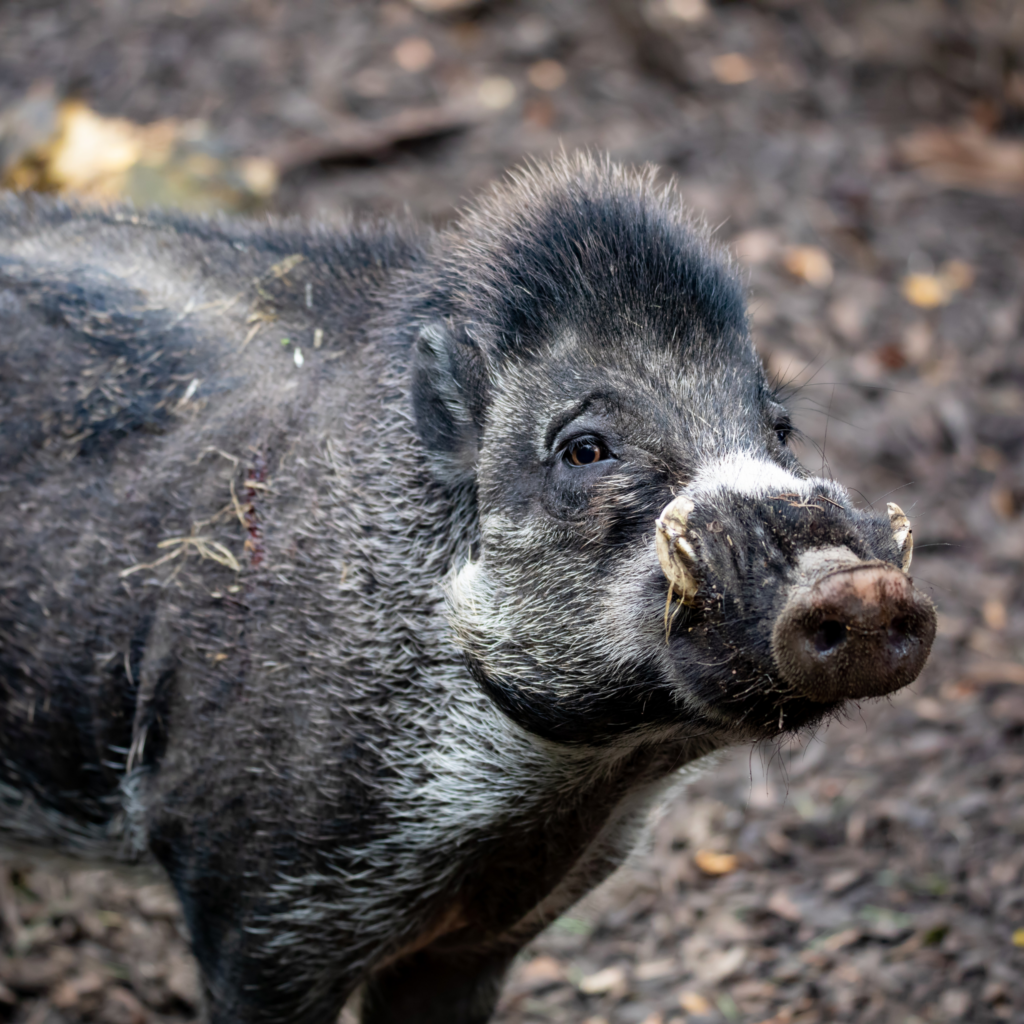
Locally known as the “wild pig,” this species is endangered primarily due to hunting and deforestation which resulted in today’s count wherein the Visayan Warty Pig can now only be found in Negros and Panay. Its subspecies included the Cebu Warty Pig which is already extinct. Why it’s named as such is because of its warty appearance on the visage of the boar and the distinctive spiky hair.
- Threats: Hunting and Deforestation
- Breeding: Months of January and March
Visayan Tarictic Hornbill

This species lives within the rainforests of the Western Visayas such as the islands of Cebu, Negros, Guimaras, Masbate, and Panay. Visayan Tarictic Hornbills usually live in groups and forest canopies. Their diet mainly consists of fruits and insects.
- Threats: Deforestation and Hunting
- Last Seen: 1971 (possibly nearing extinction or already extinct in the Philippines)
Negros Bleeding Heart Pigeon
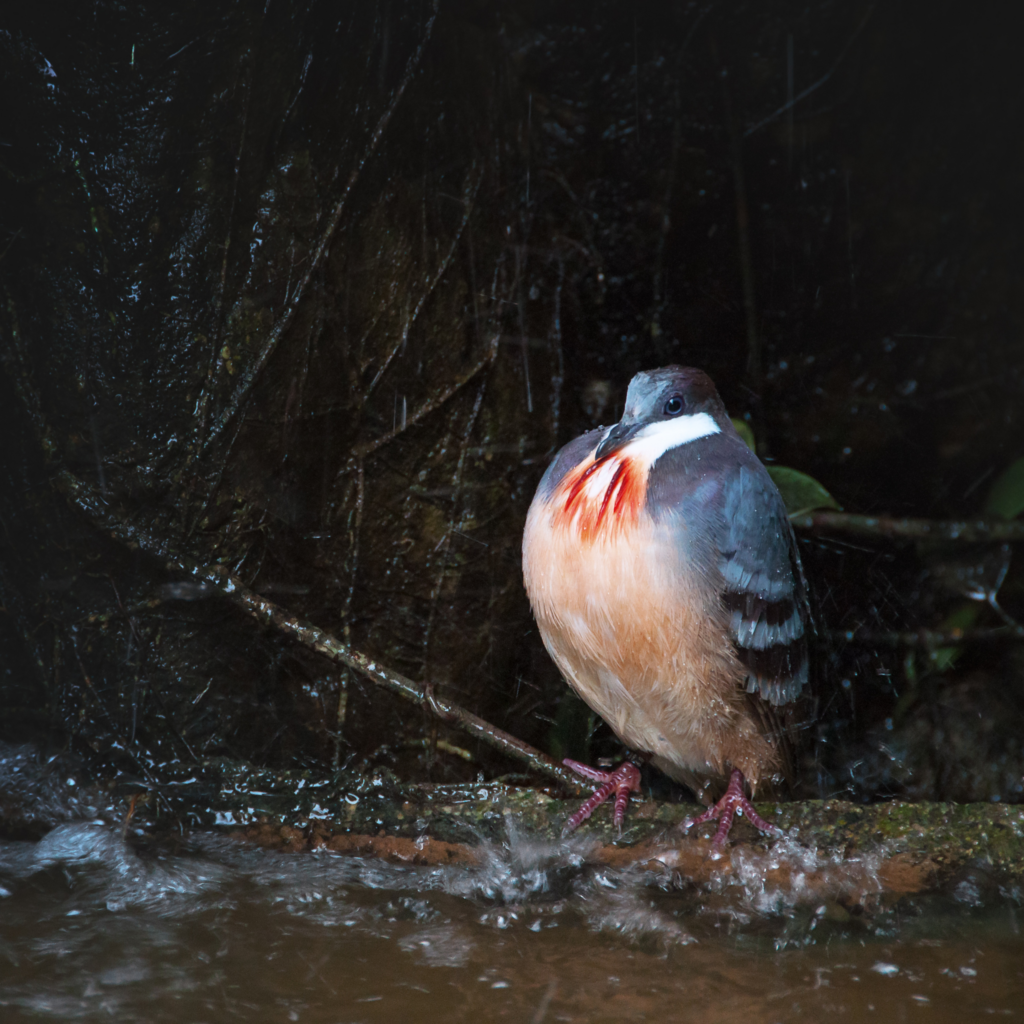
Known for its unique red chest resembling a bleeding heart, the Negros Bleeding Heart Pigeon is a medium-sized bird that gets their food from the ground, specifically from plants, but much prefer to roost on bushes and vines.
- Threats: Deforestation from Illegal Logging, Mining, and Farm Development
- Breeding: March to June
Panay Forest Monitor Lizard

A frugivore, this monitor lizard primarily feeds on fruits, nuts, and seeds. It is also arboreal which means that it mainly stays atop branches or trees throughout the day and lives within remnants of forests. Classified by the International Union for Conservation of Nature, the Panay Forest Monitor Lizard became a favorite of hunters causing its population to deteriorate quickly.
- Threats: Habitat loss, Overhunting, and Degradation
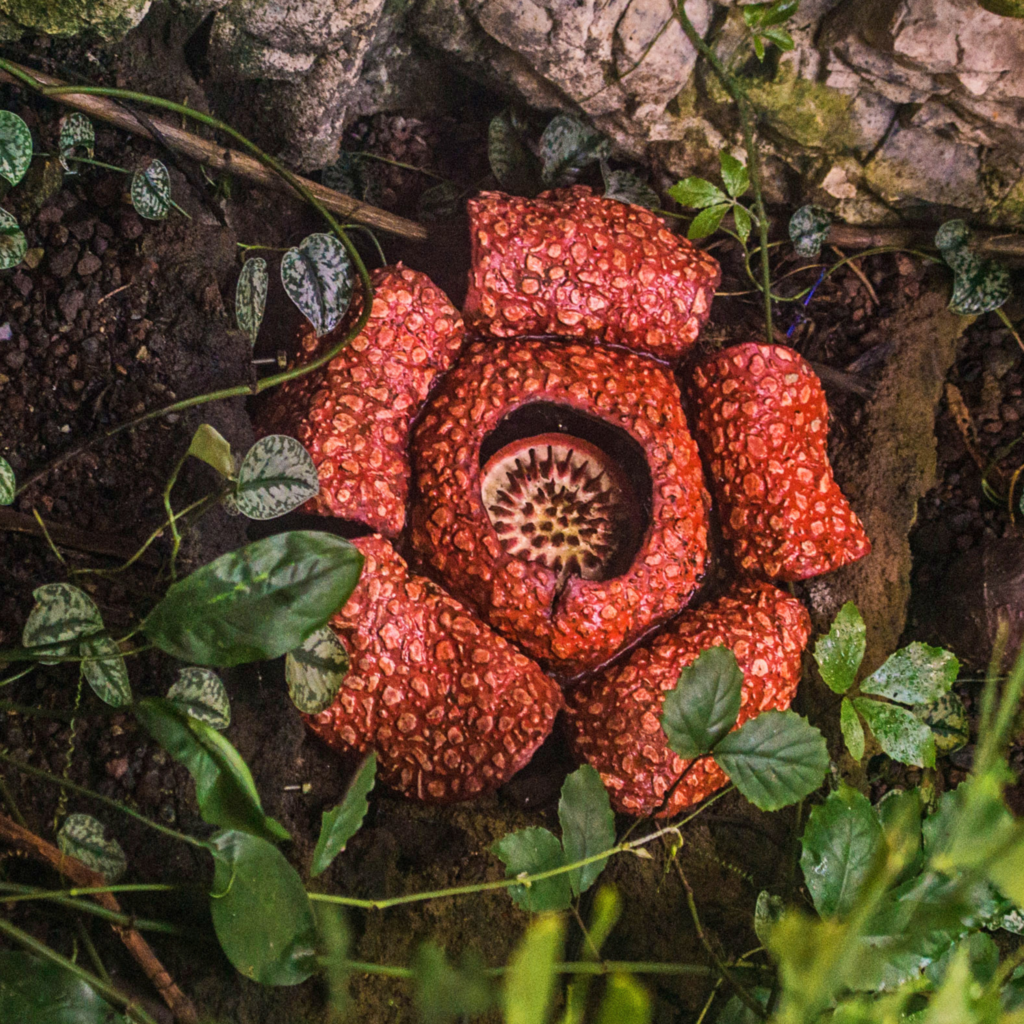
In addition to the previously mentioned animals, the Rafflesia speciosa, an endemic and endangered plant found only in Panay, highlights the broader impact of human activity on wildlife. This parasitic plant’s status shows how our actions can have unforeseen consequences on the environment. As we pursue progress, it’s crucial to recognize that even seemingly small decisions can create a ripple effect, influencing aspects of nature we may not fully understand. Therefore, it’s essential to remain a conscientious traveler and a responsible citizen, mindful of our environmental footprint.


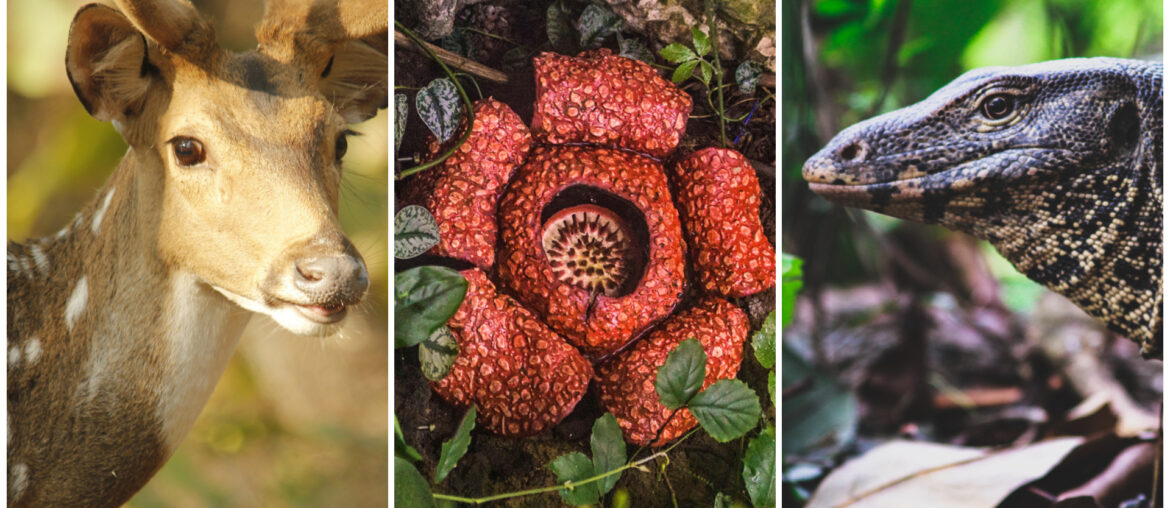
Comments are closed.